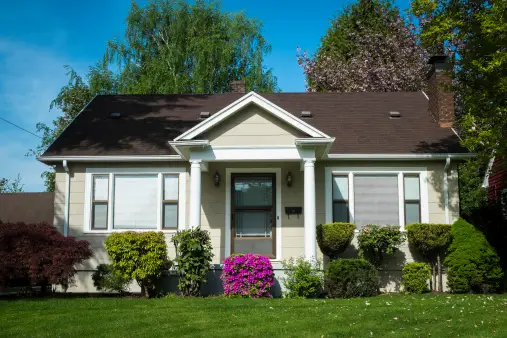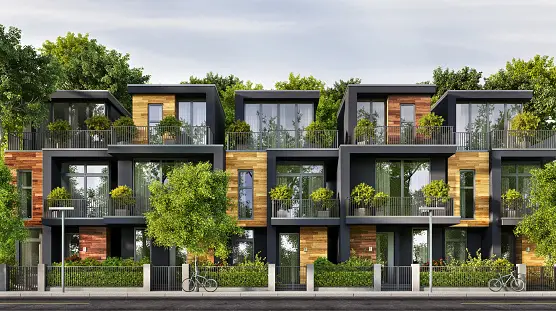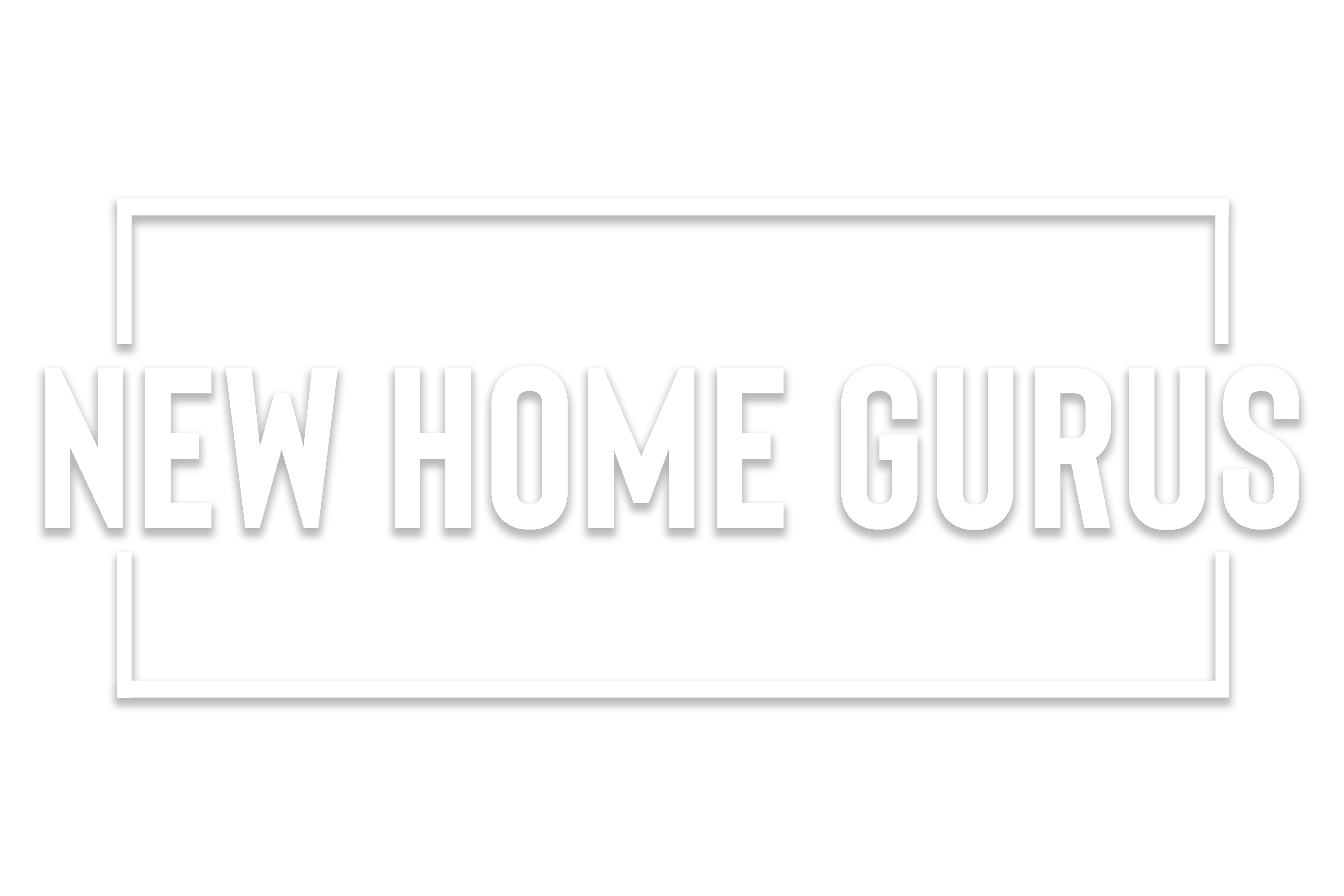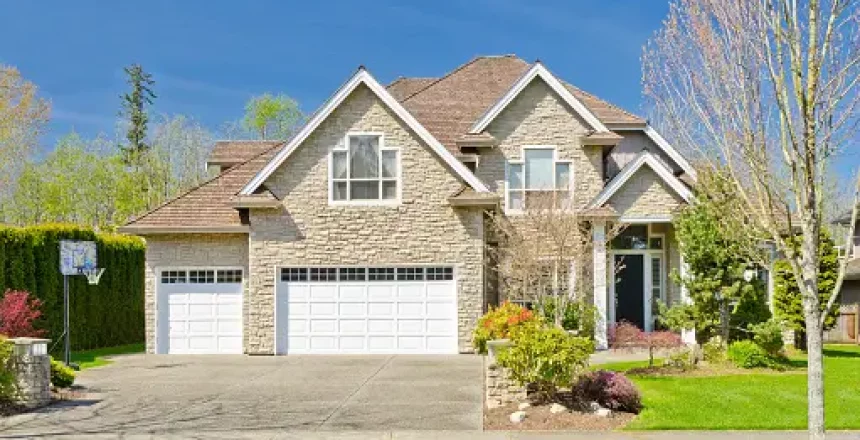Buying or Selling a House? Here’s Your Guide to Different House Structures & Styles
When you’re buying or selling a home in Texas, house structure and style are going to be centerstage.
As a buyer, you’ll read about house structures and styles in listing descriptions, home inspection reports, appraisals, and more.
As a seller, you may have to describe your house, choosing the right language to showcase its structure and style, so your listing stands out. You may also need to have that information shared during tours, with specific elements of houses highlighted to show off their best features.
Whether or not you’ve bought, shopped for, or sold a house before, this guide can help you sort out the differences between different home structures and styles so:
- You know what you have or what you’re looking at.
- You can put together the best possible listing or refine your search to only the home styles that fit your criteria.
- You can navigate the real estate market as a more savvy and more informed home buyer or home seller.
4 Common Types of House Structures
Here are the most common types of home structures, what generally defines each, and some of the basic advantages and disadvantages associated with each.
If you already know what type of house structure and style you want to buy — or if you’re looking for an experienced Realtor to help you sell your house — contact New Home Gurus.
1. Single-Family Homes

As the name implies, single-family homes are dwellings intended for one family to live in at a time. As such, single-family homes are generally free-standing, stand-alone houses that occupy a specific plot of land and that do not share any walls with other homes or buildings. This is the single most common option for housing purchases in Texas and the U.S., with roughly 2 in every 3 homes across the nation matching the definition.
- Pros: You get privacy, the ability to have a yard, and possibly even property for outdoor living space.
- Cons: You’re going to be covering every owner-related expense, from homeowner’s insurance and property taxes to property repairs, maintenance, and more. That’s par for the course with homeownership, however.
2. Townhouses

Townhouses are homes that share a wall with another dwelling, usually with different owners on either side of the wall. More common in densely populated urban areas, townhouses are typically two or three stories, and some come with small front yards and/or backyards. Others may make use of rooftop space for additional outdoor living options.
- Pros: You can live in the thick of it all, right next to major metros, while still getting some private outdoor space.
- Cons: You’re going to be really close to your neighbors. So, you could hear them through the shared wall or when you’re both outside enjoying your yards.
3. Multifamily Homes
Dwellings built for more than one family, with multiple parking spaces and housing units, are known as multifamily homes. Often available as townhouses, condos, or apartment complexes, multifamily homes are usually purchased as investment properties. If owners live in multifamily homes while renting out certain units, the property is described as “owner-occupied.”
- Pros: You can live in these properties while leasing out portions of them. That could be useful for offsetting the mortgage.
- Cons: Running a multifamily housing unit can become a full-time job, requiring you to screen renters, collect rent payments, handle maintenance issues, and more.
4. Manufactured & Modular Homes
Factory-made and prefabricated, manufactured and modular homes are usually built off-site and transported to a plot of land. As such, these types of homes can come in various styles, with different floor plans and add-ons.
- Pros: If you own a piece of land, this can be a cost-effective option for putting up a residence quickly.
- Cons: These homes may require more maintenance while not necessarily retaining their value. Plus, there can be a stigma associated with these types of homes, and that may impact resale value.
Top 18 Home Architectural Styles
House structure is just one element that can describe what you’re shopping for or selling. Also critical to the equation is the home style, which can reveal more about the layout, the levels, and the distinct features different homes may offer.
Here’s a look at some of the most common types of home architectural styles and what generally defines each.
| Home Style | Description | Keep in Mind |
| Cape Cod | Charming, with gabled roofs, symmetrical floor plans & shingle siding | Tend to be smaller & may only have 1 full bathroom |
| Colonial | Rectangular shape, with a central hallway, rooms off the sides, and at least one fireplace | Bedrooms usually upstairs, with lower ceiling heights |
| Cottage | Cozy, rustic, and quaint, usually with front porches or decks | Affordable and stylish, with smaller floor plans but lots of character |
| Craftsman | Natural building materials and distinct layouts bespeaking a “classic” structure | Not cookie-cutter homes, which can increase build, repair & maintenance costs |
| Farmhouse | Rectangular frames, barn-type roofs, high ceilings, fireplaces, and large porches | Lots of space and natural light, but potentially expensive to maintain |
| Mediterranean | Luxurious, tiled roofs, stucco walls and balconies, and splashes of understated color discretely placed | An “open” feel, with breezes, airy spaces, and easy transitions between outdoor-indoor living |
| Midcentury Modern | Geometric, sleek, sharp, and somewhat minimalist while still showing organic materials and forms | Untraditional and interesting but can be borderline sterile and costly to maintain |
| Ranch | Low-pitched roofs, large windows, and an “L” or “U” shape with some type of outdoor space | Single-floor homes, with huge roofs, usually sitting on larger pieces of property |
| Tudor | Steep gabled roofs, brick chimneys, beamed ceilings, arched doorways, and casement windows | Charming ornate moldings and wood paneling but usually more costly to maintain |
| Victorian | Narrow, multiple stories high, often with turrets, glazed bricks, large bay windows, and towers on one side of the home (at least) | Uniquely eye-catching, one-of-a-kind charm, expensive to buy and maintain (especially if the home is older) |
These aren’t the only home architectural styles available; others include (and aren’t limited to):
- Neoclassical
- French Country
- Prairie
- Greek Revival
- Spanish
- Italianate
- Queen Anne
- Gothic Revival
Different Home Styles: The Bottom Line
With different house styles, designs, neighborhoods, and more, the bottom line is that:
- The more you know as a buyer or a home seller, the better.
- You may be able to find more fitting options to buy or better-suited buyers for your home if you focus your search or listing around specific home structure and style terms.
- It’s usually in your best interests to work with an experienced Realtor® who can help you navigate the process.
Ready to Buy or Sell a Home in Texas? Get Help & Get CASH BACK at Closing
The right knowledge and a little help can go a long way toward helping you make the best deal on your next real estate transaction in Texas. So can the experienced Realtors® at New Home Gurus of Gurus Realty.
In fact, whether you’re buying or selling a house, we can guide, advise, and support you through the process, helping you with contingencies, offers, negotiations, and closing. Plus, we’ll split our commission with you at closing.
Homebuyers and sellers who work with New Home Gurus can get back an average of $4,500 to $12,000 at closing.
How Much Cash Can You Get After Closing?
Call (281) 668-8124 or Contact Us to Find Out Now
We are standing by, ready to answer your questions and explain the details of our commission-sharing program.

